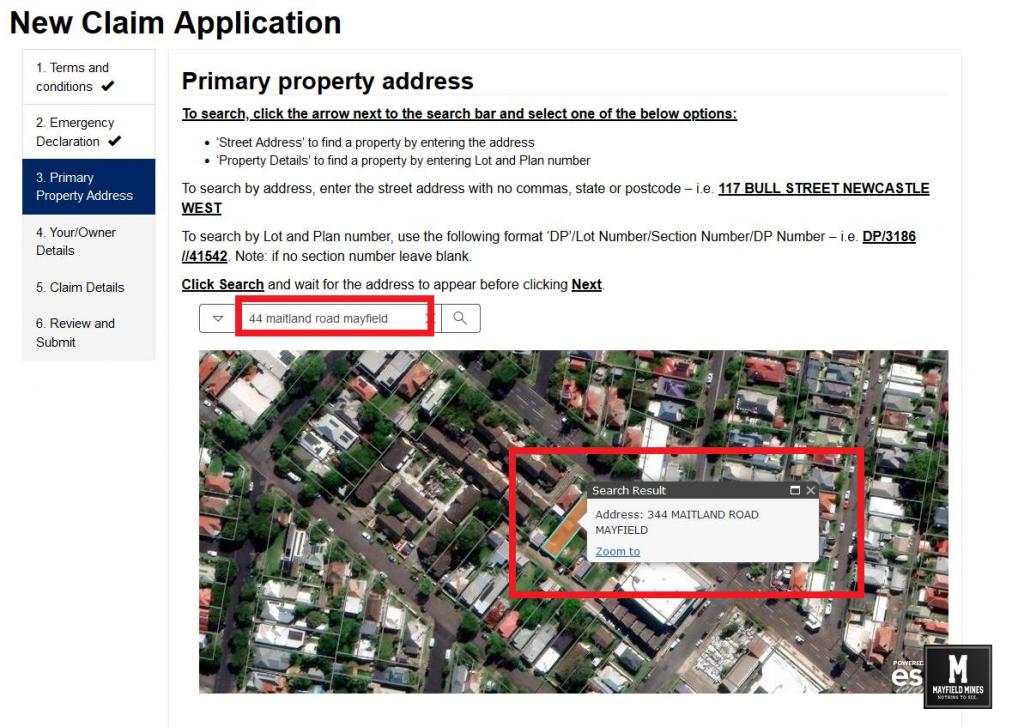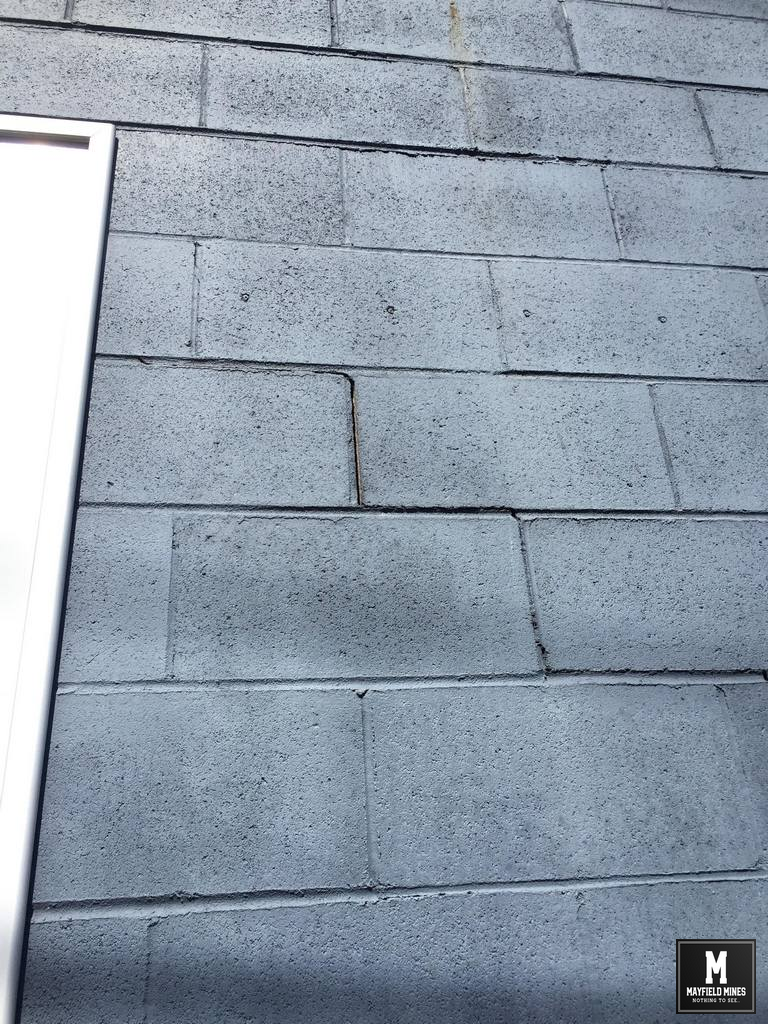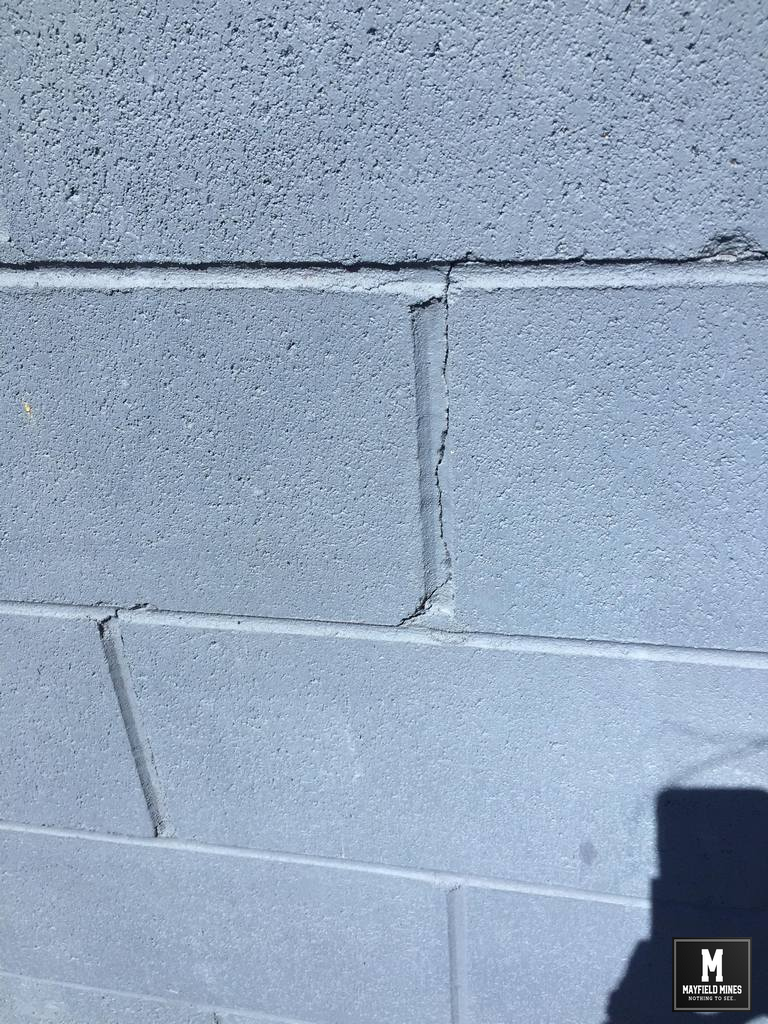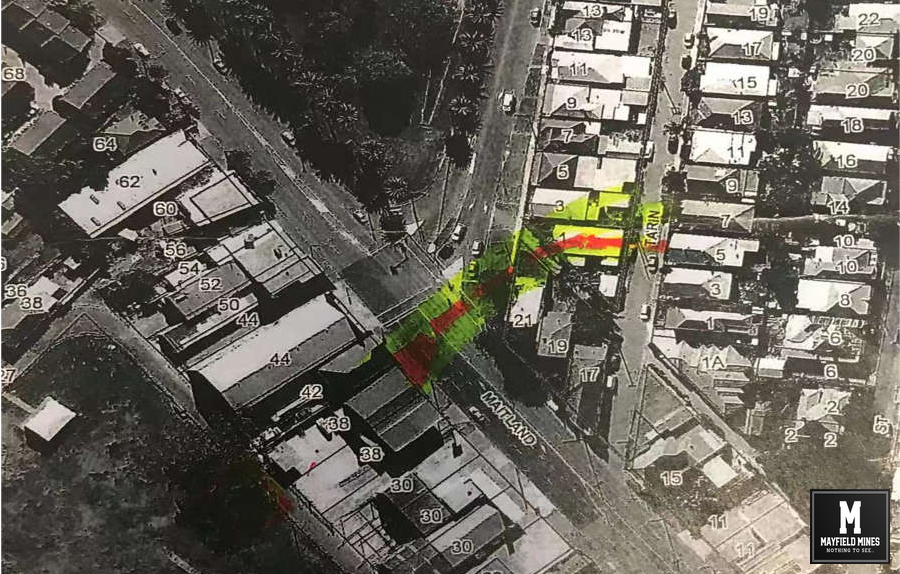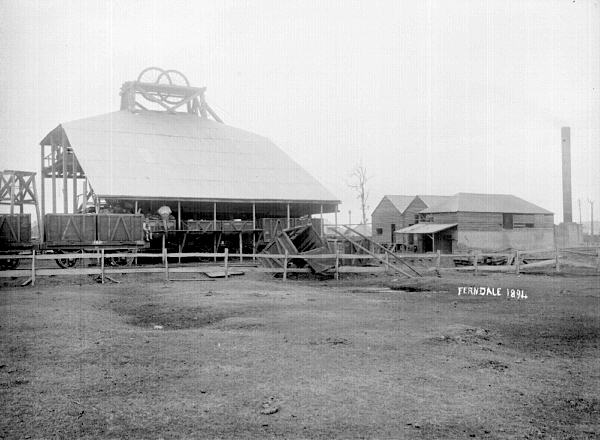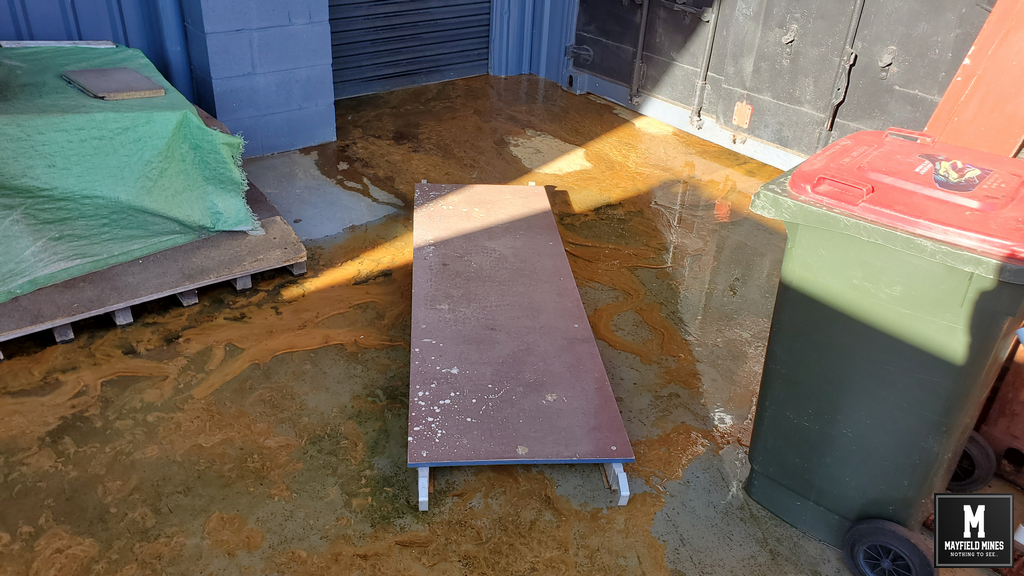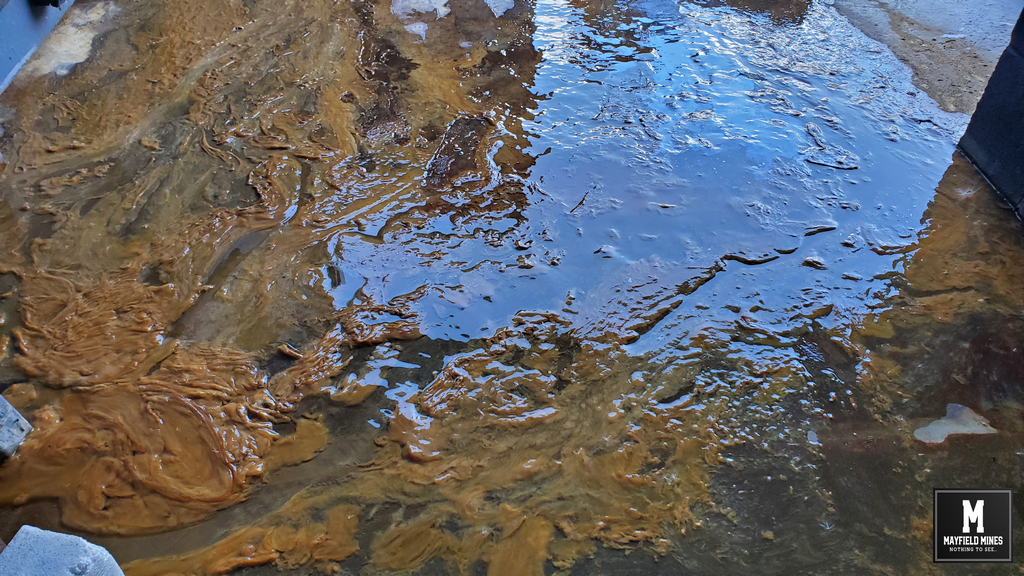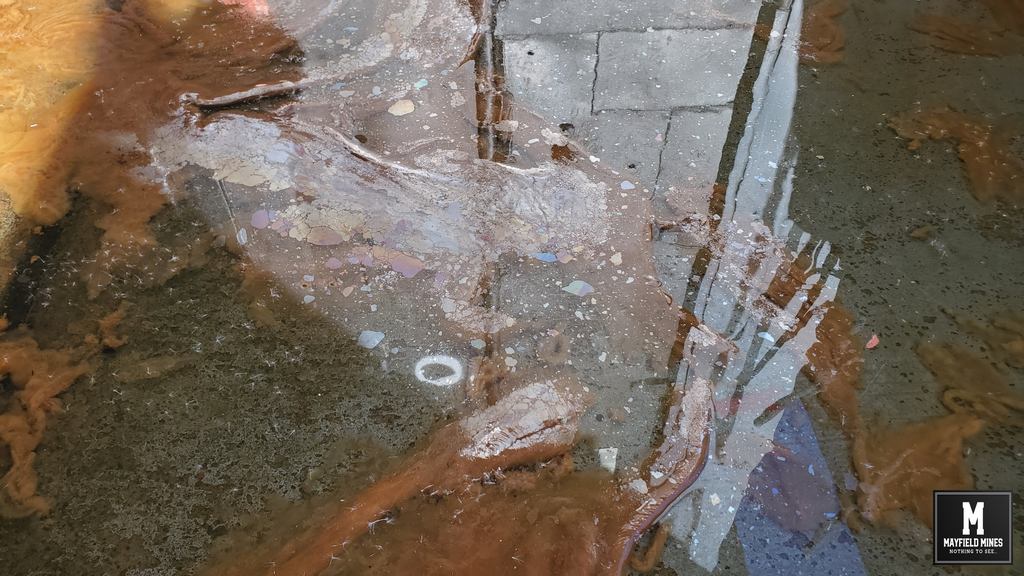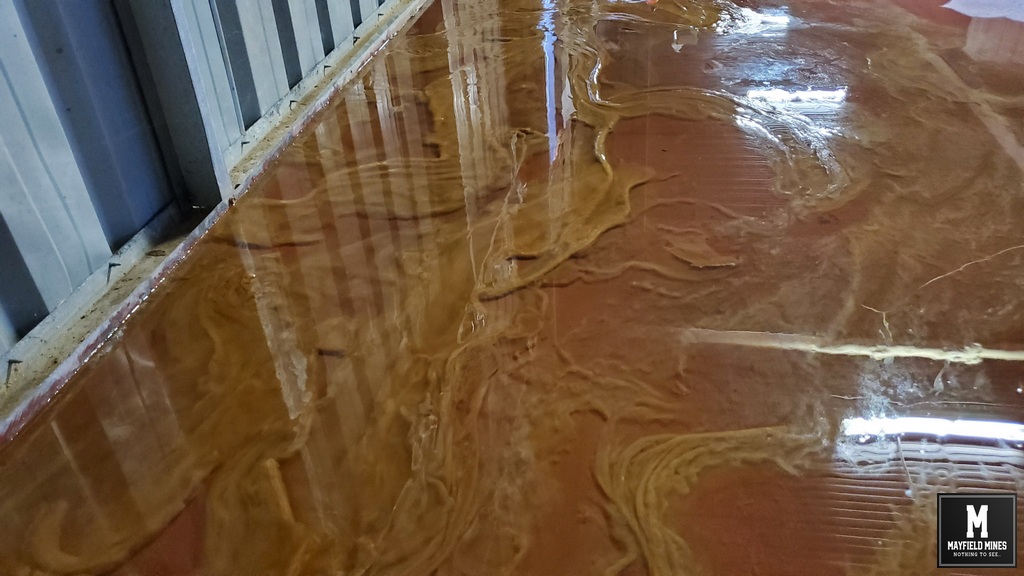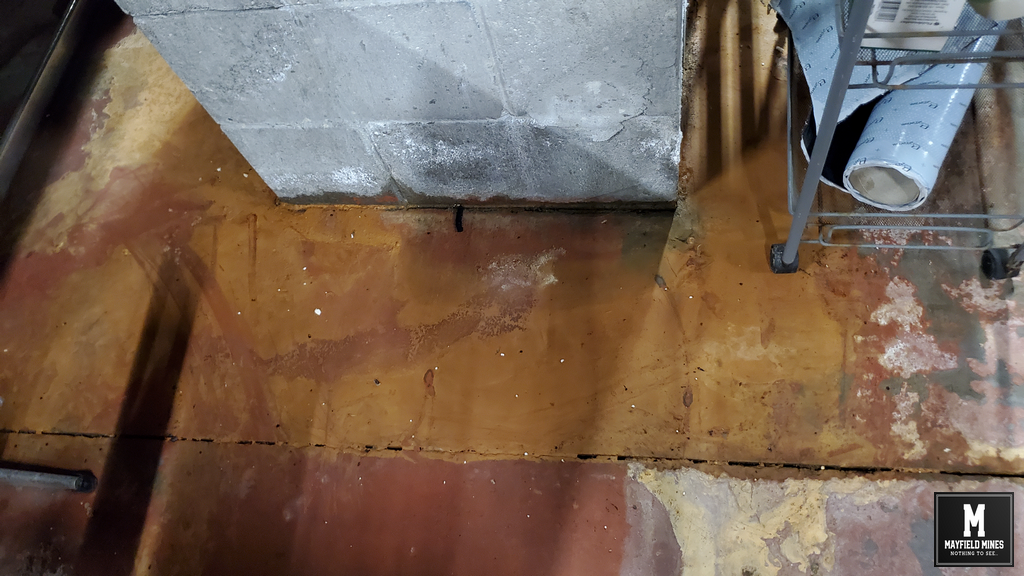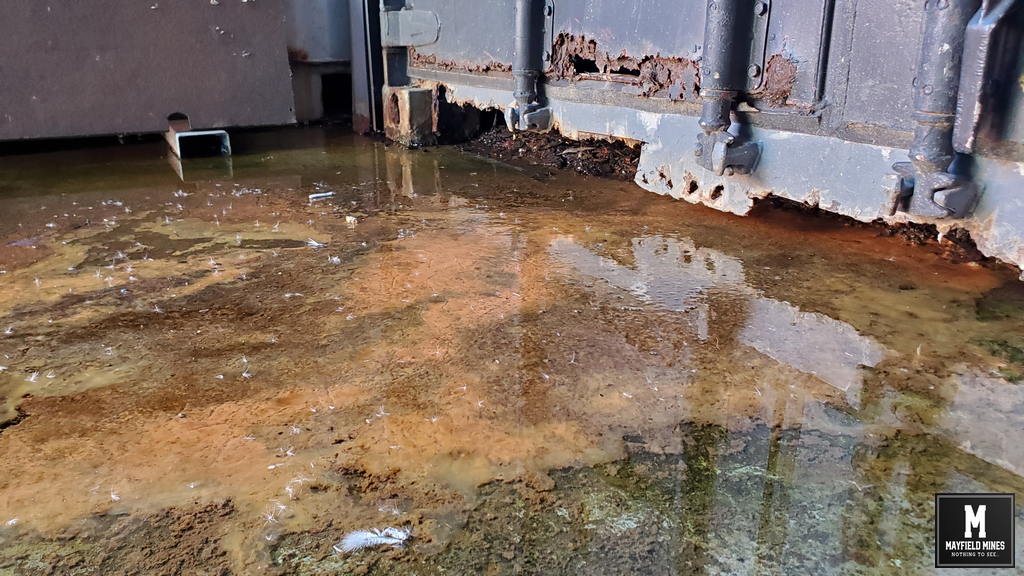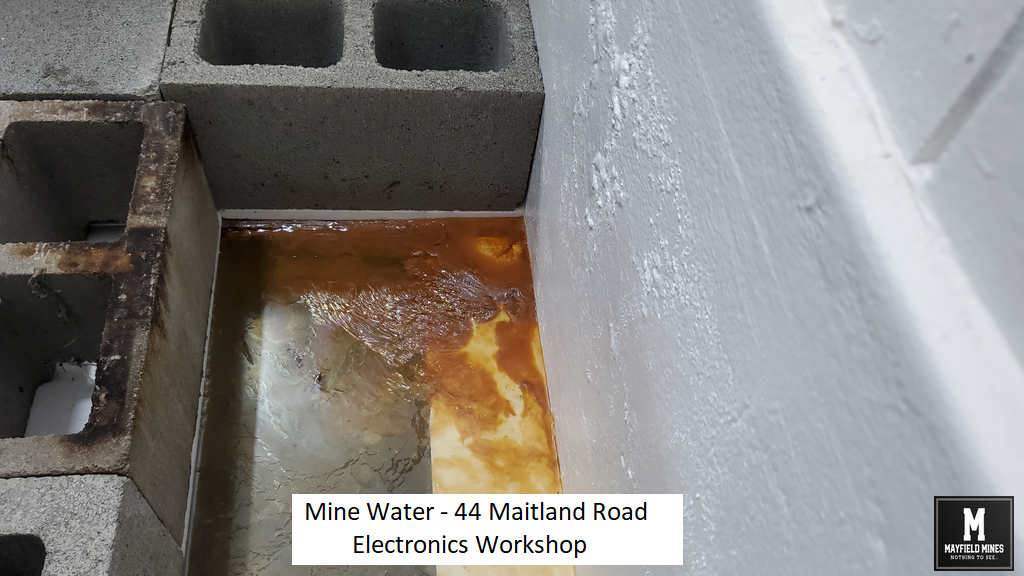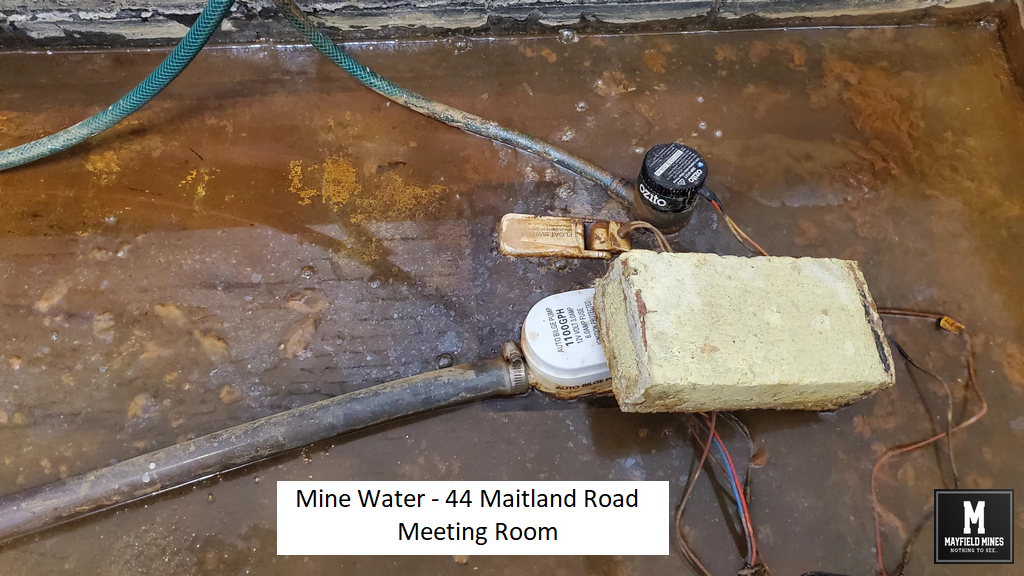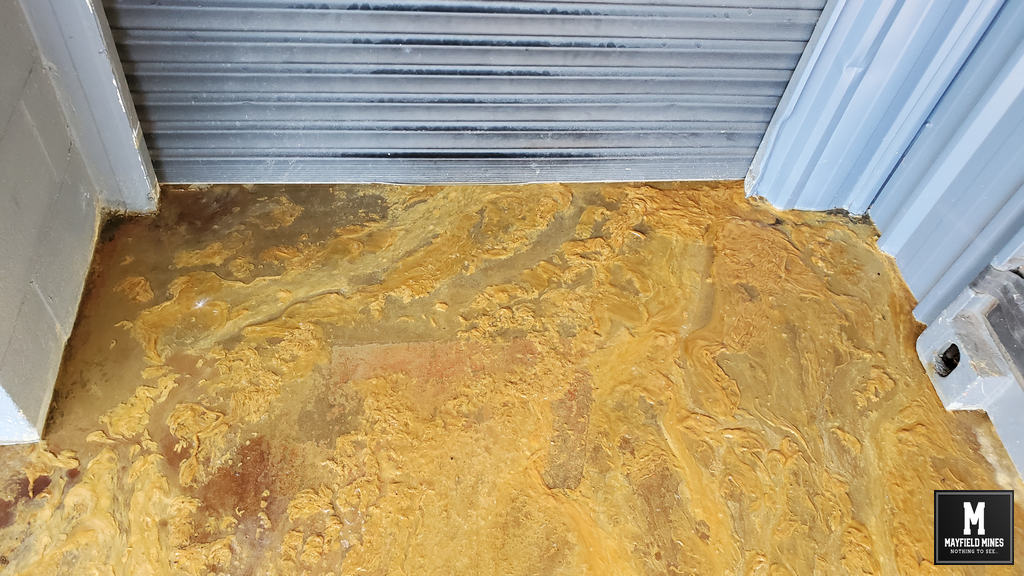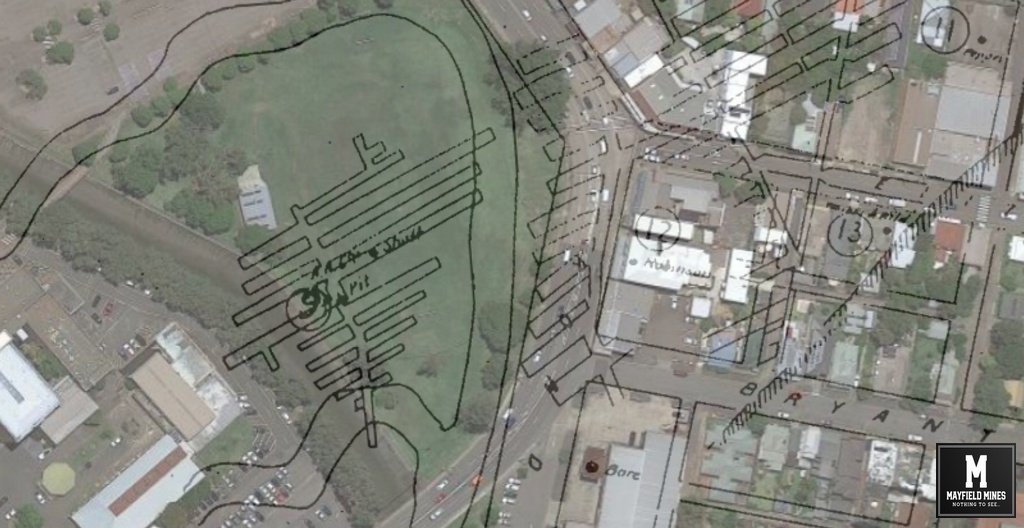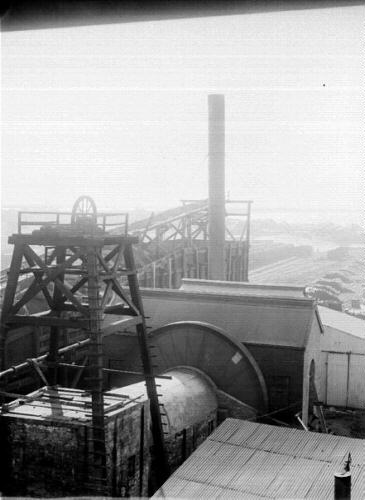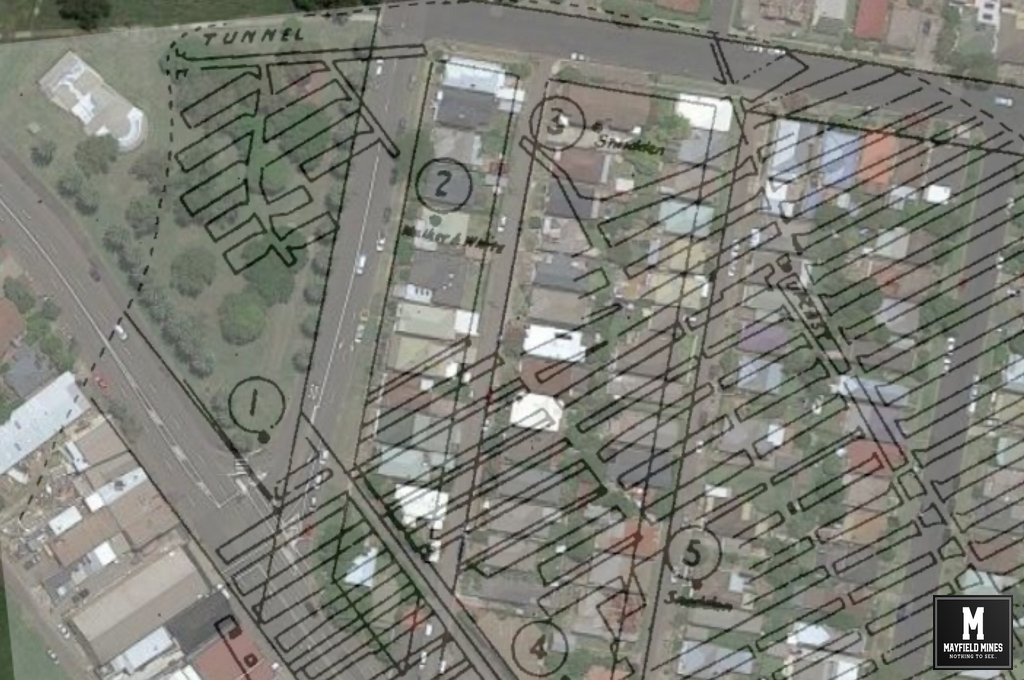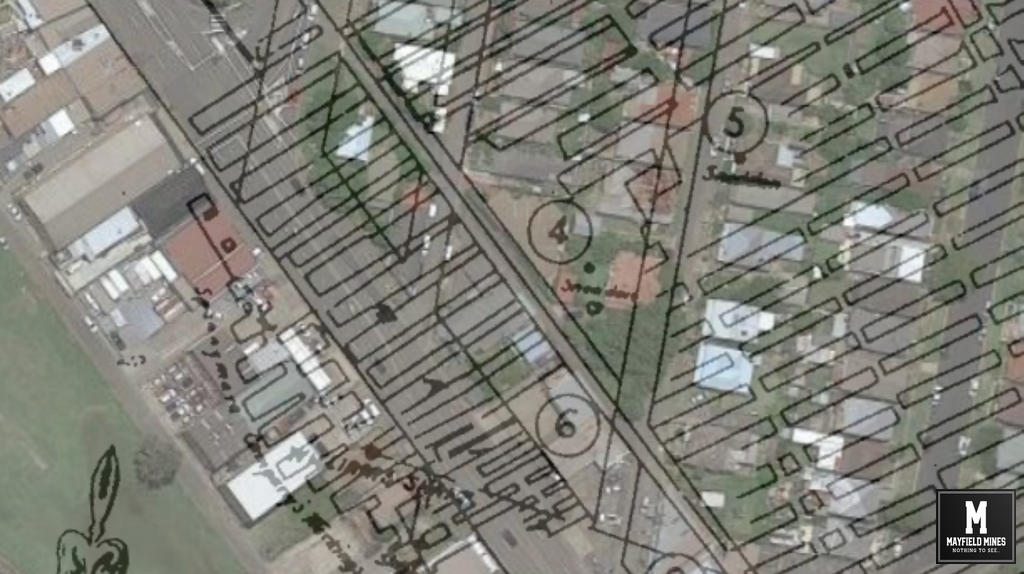For the last 4 months we have been trying to gain access current legacy mine maps that are beneath our property and those under the footpath/Maitland Road. We want to use these maps to better explain the subsidence damage, water flows and to work on solutions.
Subsidence Advisory said they were unable to give us the maps and directed us to the Planning Portal;
https://www.planningportal.nsw.gov.au/spatialviewer/
You can type in your address and check information such as whether you are in a mining district or if your property has been undermined.
Subsidence Advisory knows that this link does not help us, as the legacy mine maps are not public.
After further emails, we were directed to another government department by Subsidence Advisory as below;
“The NSW Resources Regulator within the Department of Regional NSW is the official holder of mine survey plans. Requests to access mine plans can be lodged directly with the NSW Resources Regulator, information is available at http://resourcesregulator.nsw.gov.au/…/mine-survey-plans”
NSW Resources Regulator needs a referral from Subsidence Advisory before the application can be sent, then their office checked whether it can be approved, later the request goes to a different department which will approve what part of the mine they will share with us (after signing a non-disclosure agreement).
After sending the request, we waited 7 weeks and recently received a rejection letter saying our claim for the legacy mine maps were rejected.
